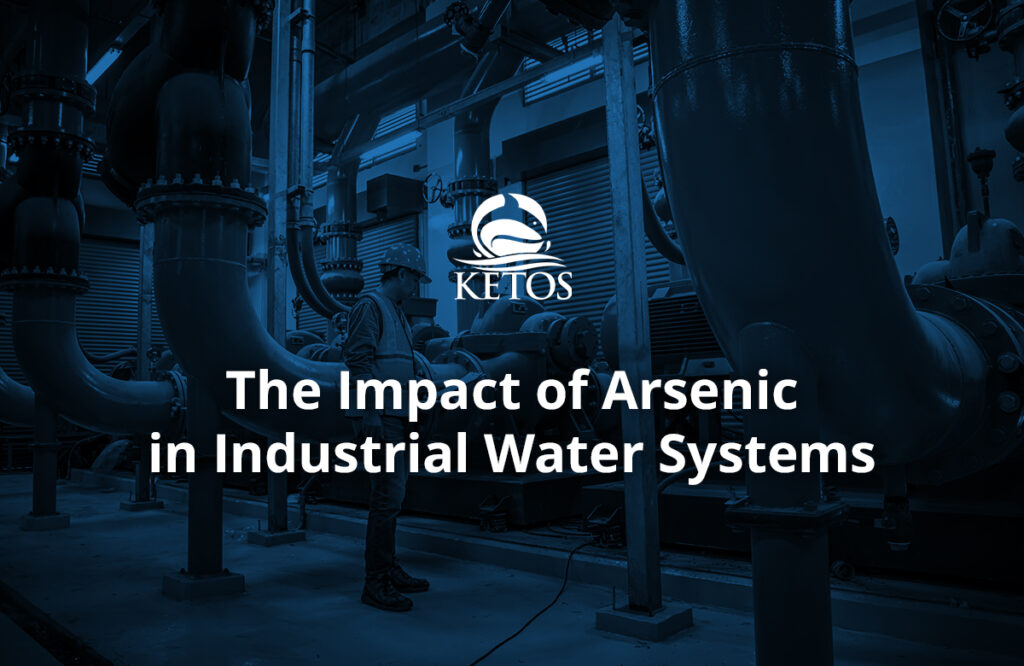In recent years, the role of AI in water management has made some significant inroads into the industry. Today, this technology serves as the eyes and ears of municipal and rural water systems, monitoring water quality in real-time, detecting leaks in infrastructure, optimizing water consumption, and predicting problems before they become disasters. When combined with IoT technologies, AI’s predictive and analytic prowess promises a future where water management is more efficient, more sustainable, and more resilient.
SCADA vs. the Internet Of Things and Artificial Intelligence
Like many industries, water management has functioned using a supervisory control and data acquisition, or SCADA, system up until recently. SCADA is an automation control system that gives supervisors insight into conditions within a water plant. However, SCADA technology depends on a human-machine interface. While it does provide water operators with data, the amount of data available is finite and storage is not possible, which makes predictive analysis or deep insight impossible.
Using AI in water management allows water operators to improve efficiency, monitor water levels, identify chemical leaks, and regulate water usage. The use of IoT in the water treatment industry allows operators to collect data on temperature, water quality, turbidity, pressure changes, chemical levels, and more. Combined, this powerful technology is changing the face of water management today.
- Leak and trace chemical detection – IoT can be used to detect both water as well as chemical leaks. Once a leak is identified, an alert is sent to a remote dashboard. These types of notifications allow water operators to respond to mission-critical issues immediately. With IoT, issue identification and corrective actions can be automated.
- Detecting dangerous bacteria – IoT sensors can be designed to detect bacteria that can spread through a facility via aerosolized mists or through centralized HVAC systems to protect the public. If a sensor detects the presence of bacteria, a notification will be sent and a team can be deployed to correct the issue.
- Optimizing wastewater treatment – IoT sensors can deliver data faster and more efficiently than the old SCADA systems. Data collection can then be used to optimize system performance while ensuring the safety of all personnel involved in the treatment process.
How Are AI Capabilities Changing The Face Of Water Management?
Artificial Intelligence, or AI, is now being used in almost all industries, so it should come as no surprise that its application within water and wastewater management has demonstrated the power of smart technology to create a resilient and resourceful future. By using AI in water management, water operators have been able to enhance the efficiency and reliability of water utilities to meet the growing demands of modern societies.
While it may seem like introducing technology such as AI or IoT in water treatment plants will cancel out human ingenuity, that is not the case. AI-driven utilities are not intended to replace humans; instead, they are meant to augment their capabilities. For example, the deluge of data that smart sensors and IoT devices generate would be overwhelming to even the best data analyst. Instead, AI can be used to analyze this data quickly in real time, allowing human operators to resolve issues, preempt disruptions, and ensure uninterrupted service to end users.
Benefits of Using AI In Water Management
Using AI to improve water management operations, under the supervision of human operators (who can be on- or off-site) has many advantages. The advances that AI in water management has made over traditional, SCADA-based models include:
- Operational efficiency: AI’s capacity to detect deviations from optimal performance patterns is crucial to operational efficiency at water treatment facilities. By continuously monitoring systems, AI helps by streamlining processes, reducing waste, and optimizing resource usage.
- Multitasking abilities – AI can handle multiple tasks at once, which improves the responsiveness of water management systems. This ability to multitask enables the seamless integration of data points, from weather patterns to usage trends, to ensure proactive maintenance and resource distribution.
- Energy conservation and quality assurance – AI excels at identifying and suggesting improvement to inefficient control strategies that can lead to potential lapses in quality. This unique ability supports a plant’s sustainable practices and adherence to quality standards.
IoT Or SCADA – Is Upgrading Your System Beneficial?
You may be wondering if it’s worth it to switch your water management system from a SCADA-based application to one run using IoT. The answer is yes – IoT can ingest and process a huge amount of data from sensors and allows human operators to use this data to make real-time decisions about day-to-day operations, as well as long-term improvements within the facility. IoT in water treatment allows water personnel to predict maintenance schedules, reduce overall downtime, and extend equipment life. As a bonus, many IoT technologies integrate with SCADA systems that are already in place, optimizing function without forcing operators to completely overhaul existing systems. Adding AI to your water management toolbox, along with IoT applications, benefits both operators and end users – making it a win-win technology.










